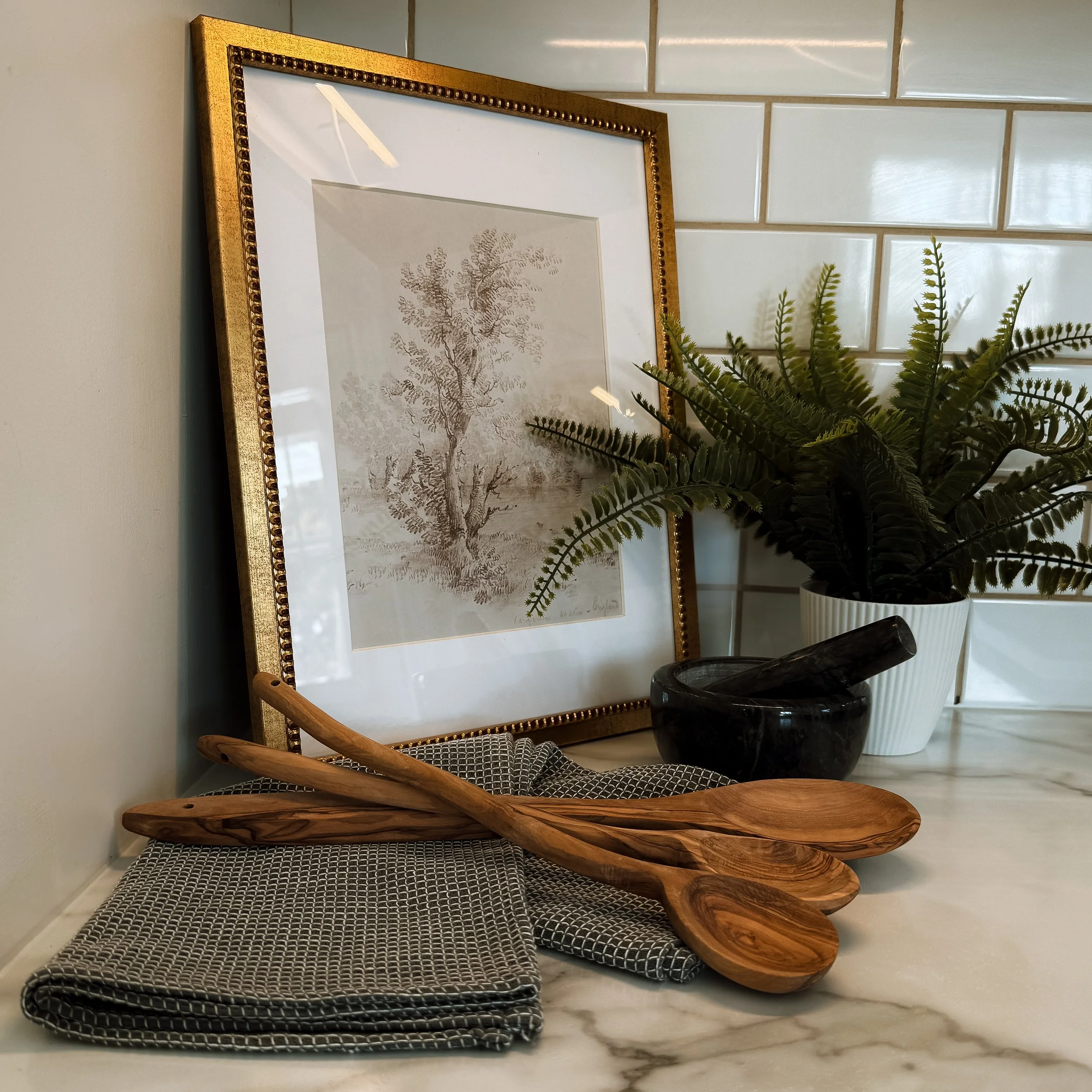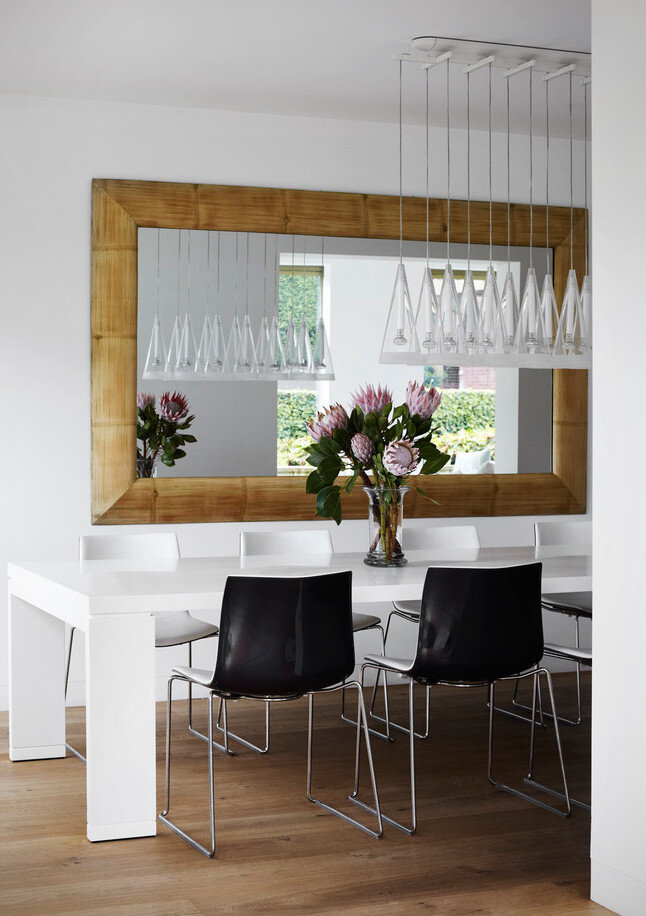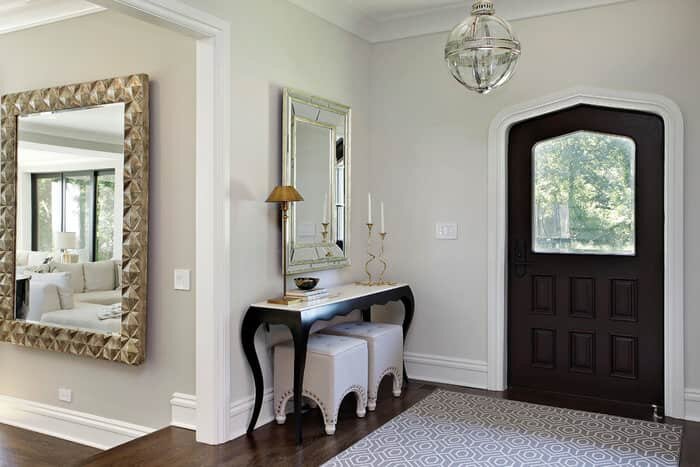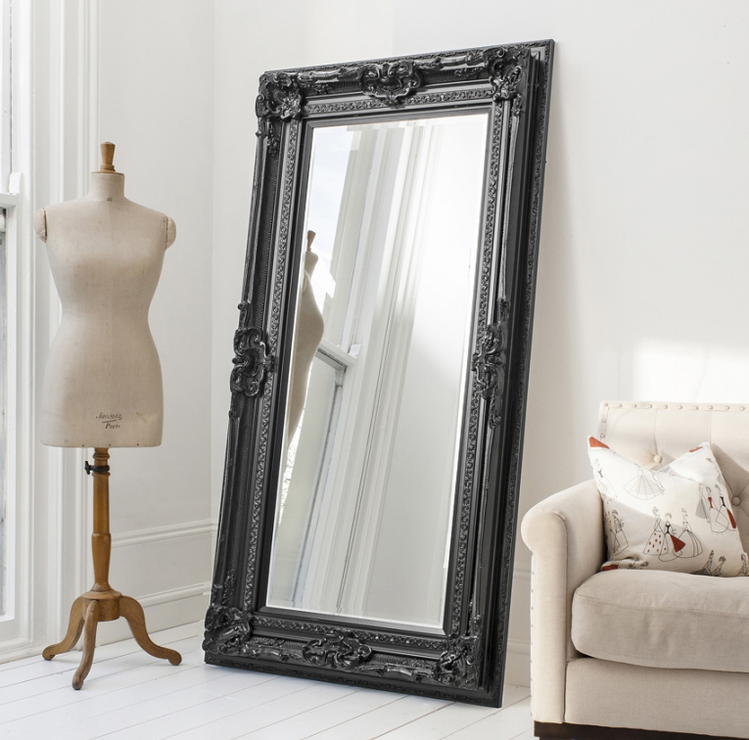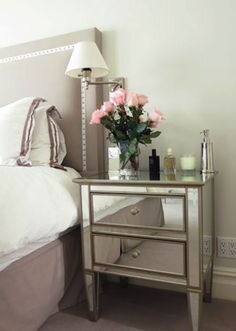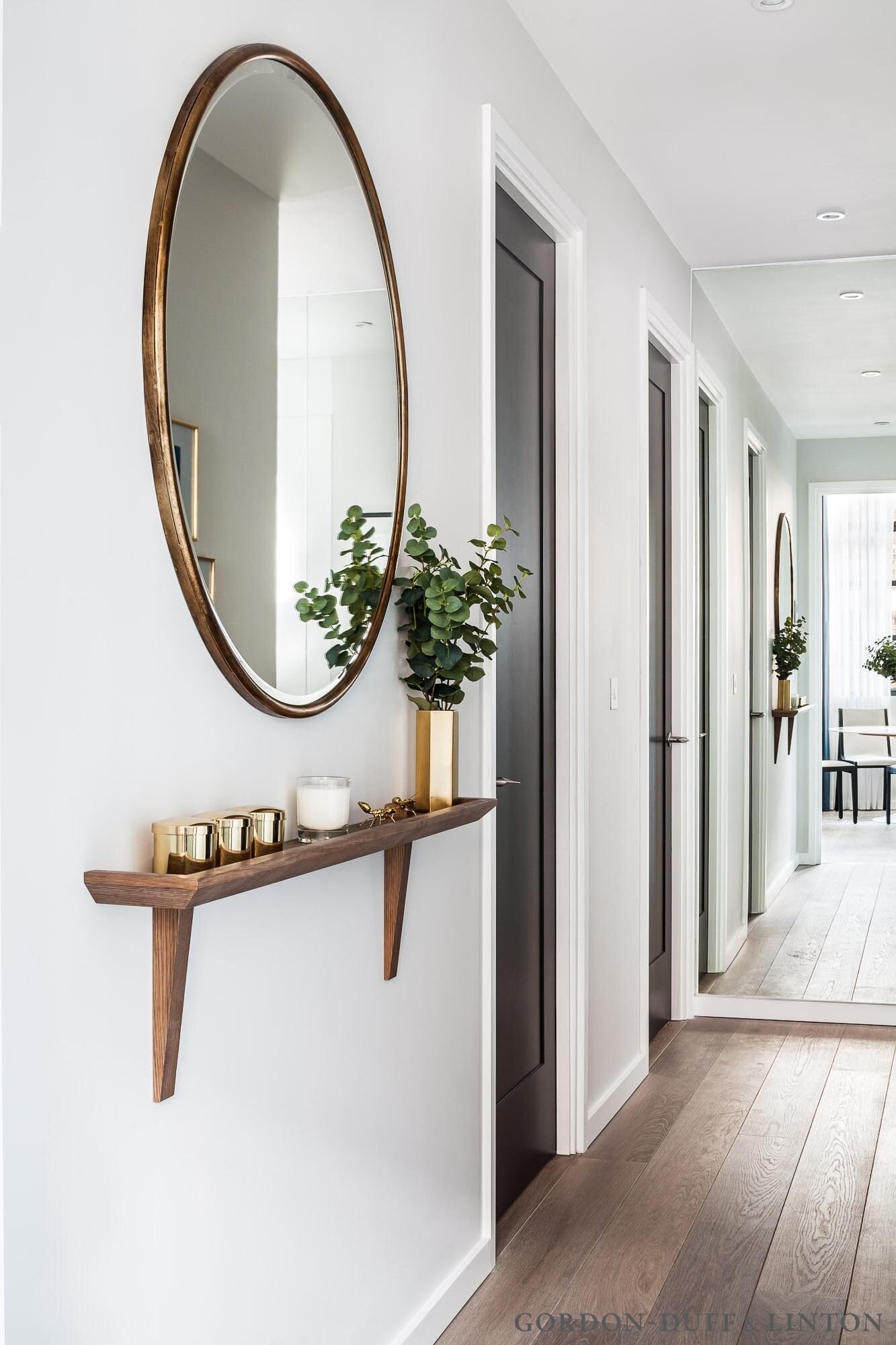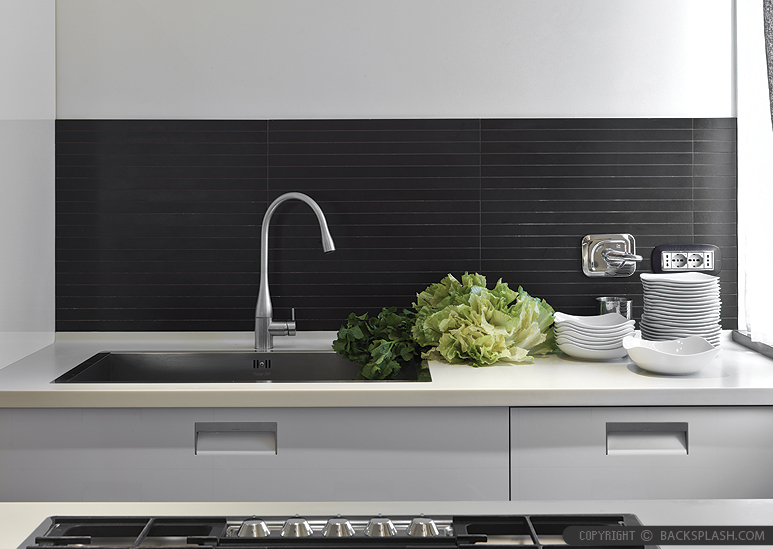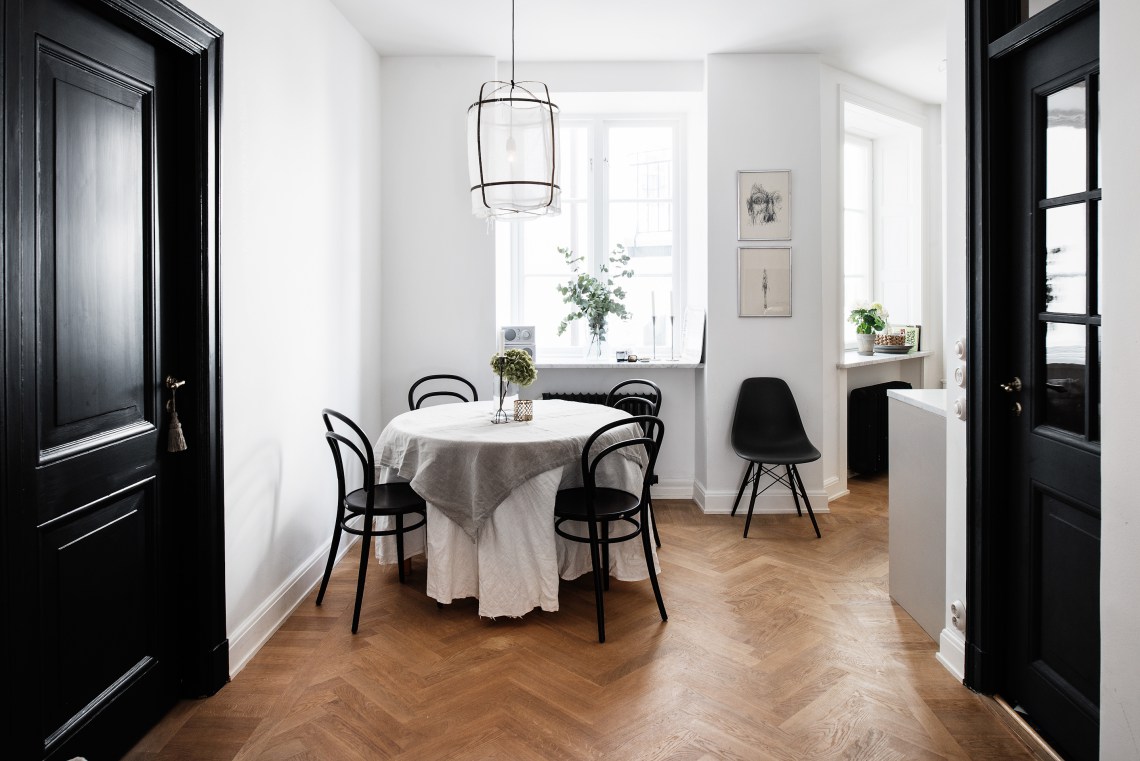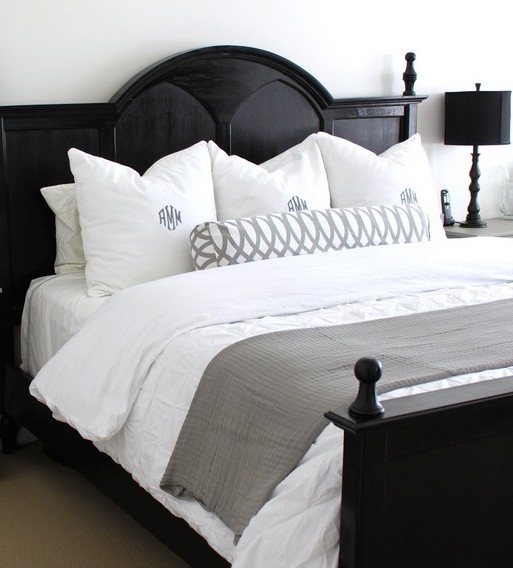Paint with staging safe colours (neutrals)
This is important when it comes to selling since these colours neutralize the space, lighten the room(s), de-personalize the space and create a perfect backdrop for showcasing/decorating.
Paint with low-sheen finish
This will reflect less light which makes it harder to notice surface imperfections. Although flat paint does a great job of this, it's not durable (or often aesthetically appealing which makes it perfect for ceilings); therefore, the better choice for walls would be an eggshell finish.
Paint over wallpaper?
Yes, you can! However … there are varying opinions about how (and even if) this should be done. That said, you will want to research techniques and cost prior to embarking on this task (if done correctly, covering the seams is even possible).
You don’t need to be a pro. There are simple and inexpensive ways to create the effect by combining trim and narrow crown molding. Installing crown molding can provide an instant element of luxury and create a great visual impact for showings.
Cover popcorn ceilings
Popcorn ceilings instantly date a home and scraping them can be costly (and very messy). Applying a coat of paint will brighten them up; however, it doesn’t change the design itself. Covering with tiles, decorative planks, or even fabric are possibilities.

